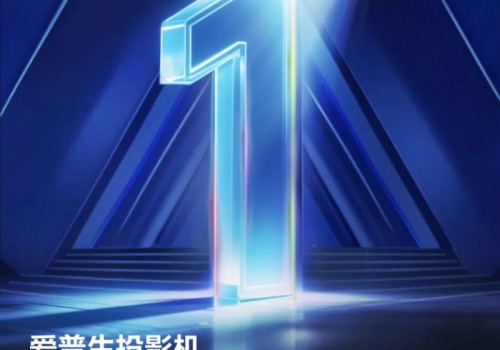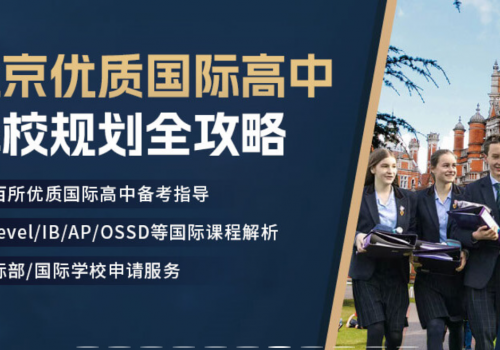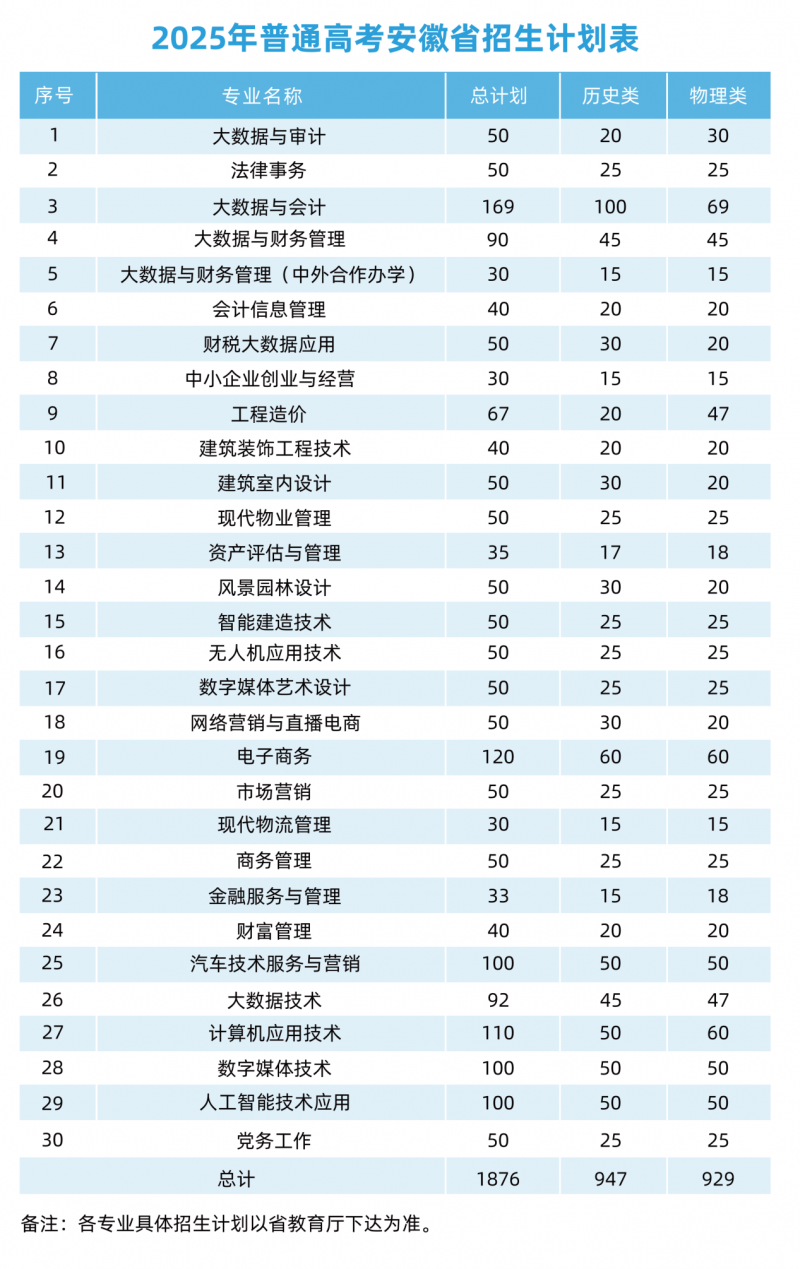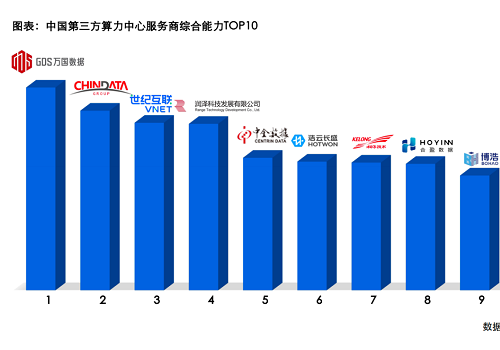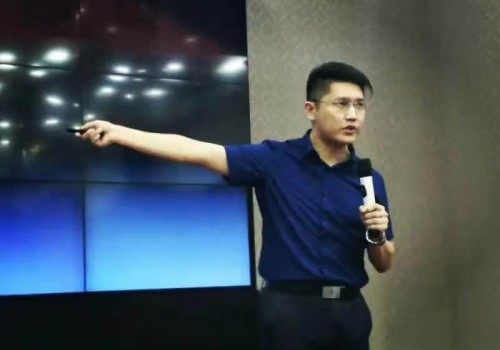By+Sudeshna+Sarkar
It was a miracle that the First China-India Media Forum could be launched at all in 2013, a year heralding changes in the political leadership of both countries.
Chinas new leadership, led by President Xi Jinping, have subsequently set in motion sweeping changes—cracking down on corruption, reducing bureaucratic hurdles to add impetus to trade and commerce, and seeking to improve the rule of law. In India, the changes have been even more dramatic. The ruling Congress Party lost in both regional and the general elections and the nationalist Bharatiya Janata Partys Narendra Modi became the new prime minister.
With the second edition of the forum now slated to be held in Beijing on February 1, it seems that despite the change of guard, both the countries—their political dispensations, non-governmental organizations (NGOs) and media groups—still think the media has an im- portant role in shaping bilateral ties.
Hopefully, the forum will come up with concrete measures to improve media cooperation, exchanges and balanced reporting by featuring stories that go beyond the sensational “manbites-dog” variety.
Root of mistrust
Kaiser Kuo, International Communications Director at Baidu.com, the Chinese version of Google, said that while surfing Quora, an e-forum for bloggers and people seeking information on diverse subjects, he was struck by the barrage of queries, apparently from Indians, on China. It was in September 2014, almost four months after Modi had been sworn in and Xi had just paid a three-day official visit to India.
Kuo said he jotted down the queries by Indian users from September 22 and 25, finding that all 28 were about security. They wondered if the two nations could go to war again, who would win if that happened, and bilateral rivalry in other areas. However, there were no questions from Chinese surfers.
“Very few Chinese are aware of border issues,” Kuo told Beijing Review, referring to the territorial dispute in 1962. “Not many are aware of the territories in dispute. I would be hardpressed to name even one area of Chinese concern about India except perhaps support for Tibet Autonomous Region and the so-called“government in exile” of the Dalai Lama in[Indias] Dharamshala. But thats not an insurmountable problem. Its a 50-year-old thing and not an issue now. The sad truth is that most Chinese just dont think that often about India. Its certainly not regarded as a threat.”
In India, on the other hand, a lot of the China coverage is “influenced by a general fear of the country,” said Rahul Sharma, President of Rediffusion Communications at Rediffusion Y&R, a marketing and advertising company, and former editor of Hindustan Times, one of the most popular newspapers in India. “The Indian media, just like the Indian Government, tend to look at China through the small prism of the 1962 war and the events that followed. The fear of a giant ‘unfriendly neighbor is real and the media merely reflect that.”
Dr. Amitendu Palit, senior research fellow at the Institute of South Asian Studies, National University of Singapore, agreed with him. “The border issue continues to remain a favorite one for the media,” he told Beijing Review, adding that the Indian media have been crying hoarse over Chinese infrastructure-building in border areas and been active in reporting incursions across the border. “The Chinese efforts to build dams on upper Brahmaputra [the Yarlung Zangbo River] have also been contentious issues. Indian media are keener on reporting Chinas activities that affect India as a neighbor, rather than Chinas global and regional engage-ments or domestic issues. There is a heavy reliance on part of the Indian media to rely on Western reports on China.”
Sharma, who has also worked for the international media, thought other media suffer from Sinophobia as well, “Everybody is paranoid of China because its growth has changed the global balance. There was one superpower, then two, and then one again. Chinas ambitions to become a great power are a threat to everybody and will take time for each nation to find a way around it.
He felt that Chinese foreign policy is assertive and that does not go down well with most countries. “That gets reflected in the media, which today is looking for eyeballs and mind space in a crowded marketplace,” he said.
How do the Chinese media see India? Palit said the coverage is much less than what it can be. “Modis election and his strategic engagement with the region and major powers have attracted some attention in the Chinese media[but their] typical interests in India have been on business and economic issues. These too, over the last few years, have been covered only sporadically given Indias subdued economic performance.”
Kuo is more outspoken. “Many Chinese friends of mine said they enjoy Indian food, Bollywood films, and some profess to like Indian music,” he said. “But most also carry many prejudicial notions about India: its unsanitary, underdeveloped, chaotic, corrupt, held back by primitive religion and a horrifically unfair caste system.”
The way forward
So how can the gulf be bridged? Sharma says the Indian media dont give much space to foreign news, “Most newspapers have one page on overseas news. Most dont even have foreign correspondents. So there are little people in India get to read about China. Unless there is more space for China news, people will continue to live with the view they have had for long. Nothing will change.”
The number of Indian reporters in Beijing and Chinese reporters in India is also inadequate. Cai Mingzhao, then Minister of the Information Office of the State Council of China, told Xinhua News Agency in 2013, “I suggest that media of both countries carry out extensive cooperation in mutual visits, article exchanges and joint interviews. I hope that they could gradually station more reporters in each others country, or send more reporters to each others country to conduct interviews, meet local residents, and gather real, fresh and first-hand information.”
There has been some encouraging cooperation. In May 2013, when Chinese Premier Li Keqiang visited India, his message was sent out through an article by him, A Handshake Across the Himalayas, that was published in two wellread Indian newspapers, The Hindu and Dainik Jagaran. The same month, the then Chinese Ambassador to India, Wei Wei, wrote an article in The Hindu, outlining Five Basics to Handle Our Border Differences.
NGOs, research institutions and other bodies have been playing an important role in the ice-breaking. Organizations like the India China Economic and Cultural Council in New Delhi and China-India Friendship Association in China have been promoting bilateral interactions. They agreed that “cultural exchanges between China and India should be elevated to a higher level and touch the hearts of the people.”
“The media focuses not on the mundane but the dramatic and that has a negative cast,”said Baidus Kuo. “I would love to have the media show the every-day lives of ordinary people in India, entrepreneurs, people doing great things all over the world.”
Palit thought both sides should increasingly start realizing the significance and importance of living with each other: “Both [are] large, populous, expanding and strategically important countries. This makes them important not only for each other but also for the region and the world.”
此文由 中国教育导报-高中编辑,未经允许不得转载!: 中国教育导报 > 高中 » Reading Between The Lines

